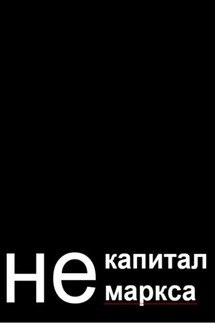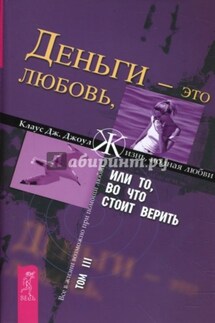The General Theory of Capital: Self-Reproduction of Humans Through Increasing Meanings - страница 42
In contrast to small foraging groups, large agricultural communities are more complexly organized and can better reduce labor intensity through the allocation of labor and energy. Productivity growth in traditional farming is based both on more intensive use of land and on more complex labor through the use of draft animals, irrigation, fertilization and crop diversification:
“No quest for higher yields could succeed without three essential advances. The first one was a partial replacement of human work by animal labor. In rice farming this eliminated usually only the most exhaustive human work as tedious hoeing was replaced by deep plowing using water buffalos. In dryland farming animal labor replaced human labor and sped up considerably many field as well as farmyard tasks, freeing people to pursue other productive activities or to work shorter hours. This prime mover shift did more than make the work quicker and easier; it also improved its quality, whether in plowing, seeding, or threshing. Second, irrigation and fertilization moderated, if not altogether removed, the two key constraints on crop productivity, shortages of water and nutrients. Third, growing a greater variety of crops, either by multicropping or in rotations, made traditional cultivation both more resilient and more productive” (Smil 2017, p. 65).
The use of draught animals, irrigation and fertilization make activities more complex, as they require growing fodder, building canals, collecting fertilizer, etc., so the size of the minimal action strings increases. At the same time, the intensity of agricultural labor decreases, which is reflected in the human skeleton.
Socio-cultural order and justice
Meaning as action produces products. Meaning as activity produces culture-society and its order. Socio-cultural order as a set of technological, organizational and psychological norms provides the context in which the evolution of meanings occurs. Cultures-societies are products of evolution and as such they are as ordered (or messed) as is appropriate for their functioning. Like all meaning, order cannot be reduced to a minimal action; it always contains redundant figurae—the remains of past orders and the sources of future orders. This means that in a culture-society there are always several competing orders.
Marx identified three modes of production in pre-capitalist societies: the Asiatic, the ancient (slave-holding) and the feudal. However, the order is not limited to modes of production. Kojin Karatani proposed to look at the economy in terms of modes of circulation rather than modes of production. Historically, the mode of circulation in the earliest societies was based on the reciprocity of gifts. With the formation of the state, the mode of circulation based on the exchange of obedience for protection, tribute for redistribution, increasingly became the most important (Karatani 2014, p. 70). For a traditional society, there are many orders that depend not only on the mode of production or circulation, but also on the form of consumption—for example, on the type of staple food:
“…I think, that state formation becomes possible only when there are few alternatives to a diet dominated by domesticated grains. So long as subsistence is spread across several food webs, as it is for hunter-gatherers, swidden cultivators, marine foragers, and so on, a state is unlikely to arise, inasmuch as there is no readily assessable and accessible staple to serve as a basis for appropriation” (Scott 2017, p. 22).







